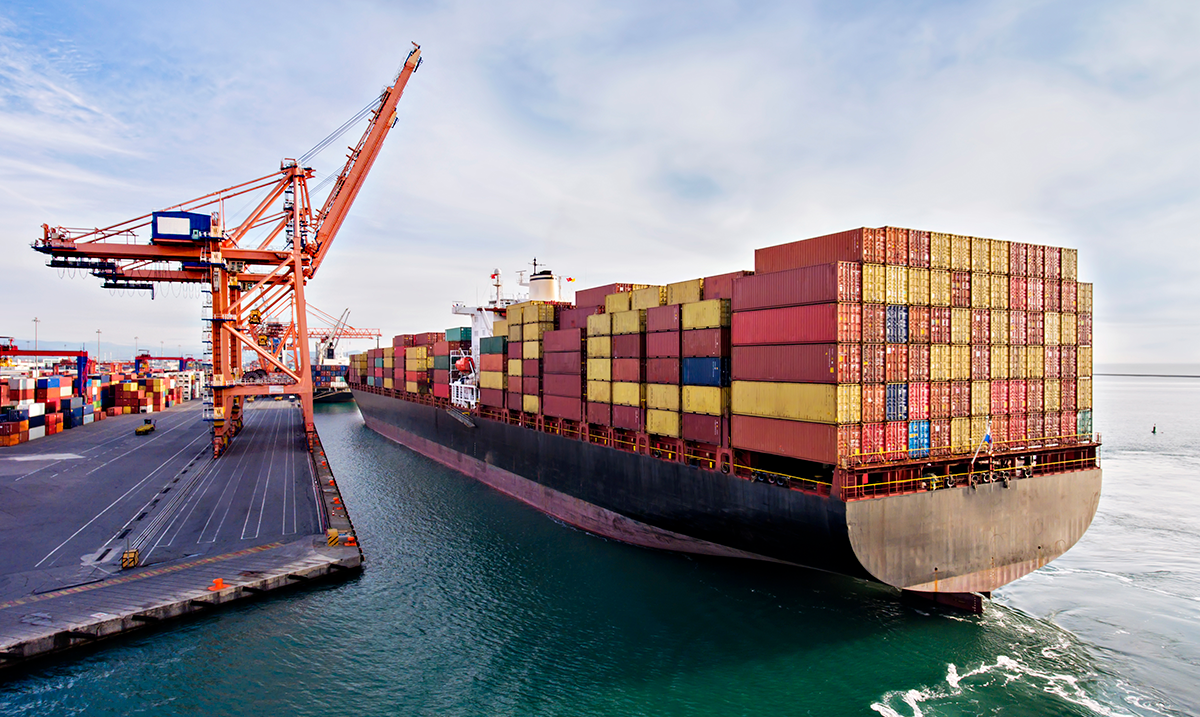[ad_1]
Economic data reflect global supply chain restructuring.
Nearly two years into the regionalization, nearshoring, re-shoring, and “friend-shoring” of the global supply chain restructuring process, US and overseas economic data are revealing the consequences. As the supply chain shifts, accelerated by pandemic disruptions and policy uncertainty, previously dependable — and popular — data correlations are shifting as well.
Consider US manufacturing. While technology, financial, and consulting firms have announced major layoffs amid 15 months of monetary tightening by the US Federal Reserve, the manufacturing sector remains resilient. Indeed, expansionary fiscal policies continue to spur positive growth and inflation, which, combined with federal efforts to move semiconductor production onshore, has triggered a manufacturing boom — and with it a severe labor shortage. Given an aging workforce and an economy and culture that emphasized college education over vocational training for generations, there are simply not enough skilled workers — electricians, welders, and semiconductor technicians — to meet demand.
On the other side of the Pacific, “de-risking” among large North American and eurozone importers has created its own economic ripples. Export trade flows are shifting, according to a survey of 15,000 vendors at the 2023 Canton Fair in Guangzhou, China. While producers previously leveraged vertical integration to export vast volumes of finished goods to advanced economies, many manufacturers from Guangzhou to Shanghai are now fulfilling smaller orders of intermediate goods to “nearshoring” emerging market (EM) destinations for final assembly.
In this new paradigm, exports from the port of Qingdao, a shipping hub for EM destinations, rose 16.6% year over year in the first quarter of 2023, while container volume through the ports of Shanghai and Zhoushan, which serve European and North American routes, declined 6.4%. In aggregate, East Asian manufacturing centers are addressing overcapacity while select US sectors face capacity shortages. Such transformations are rarely costless.
The once consolidated “factory gate price” is also undergoing a geographical shift.
The optimization of global supply chains and vertical integration across key Asia manufacturing hubs over previous decades fueled co-movements between major export nations’ Producer Price Index (PPI) / factory gate price and Consumer Price Index (CPI) data in advanced economies. But these relationships hinged on the now disrupted pre-pandemic supply chain.
With finished goods assembly more widely distributed across EM locales and amid ongoing supply chain retooling, US inflation and prices at manufacturing hubs may have weaker data correlation. Why? Because a more diffuse and less integrated supply chain will cement factory gate prices in different nations because of idiosyncratic local labor and materials considerations.
With these factors in mind, a more geographically redundant but less efficient trade regime will likely be inflationary, as the new weighted average PPI will reflect various non-optimized pricing data. Alternatively, costs for energy, raw materials, and other commodities could serve as leading indicators in a more complex but resilient global supply network.
US CPI and Bloomberg Commodity Index

Sources: US Bureau of Labor Statistics, Bloomberg, Kekselias, Inc.
Supply Chain Transformation = Uncertainty
Given the current policy and business focus on supply chain redundancy, further diversification rather than consolidation and cost optimization is likely in the weeks and months ahead. Thus, the structure of global trade will continue to transform before it achieves a new equilibrium. This implies more data volatility, weaker relationships between once correlated peers, and perhaps most importantly, emerging opportunities for investors who understand and anticipate the new supply chain paradigms and data co-movements.
If you liked this post, don’t forget to subscribe to the Enterprising Investor.
All posts are the opinion of the author. As such, they should not be construed as investment advice, nor do the opinions expressed necessarily reflect the views of CFA Institute or the author’s employer.
Image credit: ©Getty Images / Natee Meepian
Professional Learning for CFA Institute Members
CFA Institute members are empowered to self-determine and self-report professional learning (PL) credits earned, including content on Enterprising Investor. Members can record credits easily using their online PL tracker.
[ad_2]
Source link








 Bitcoin
Bitcoin  Tether
Tether  XRP
XRP  USDC
USDC  Lido Staked Ether
Lido Staked Ether  Dogecoin
Dogecoin  LEO Token
LEO Token